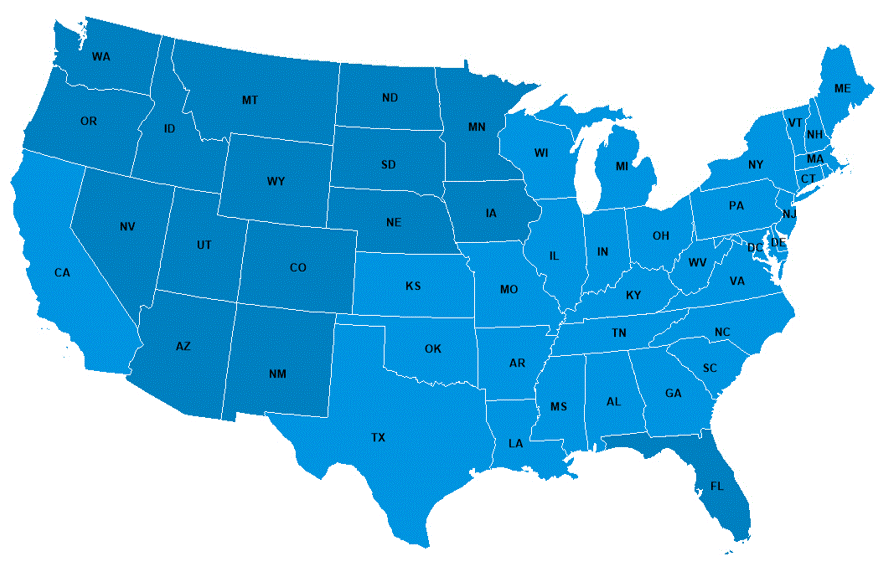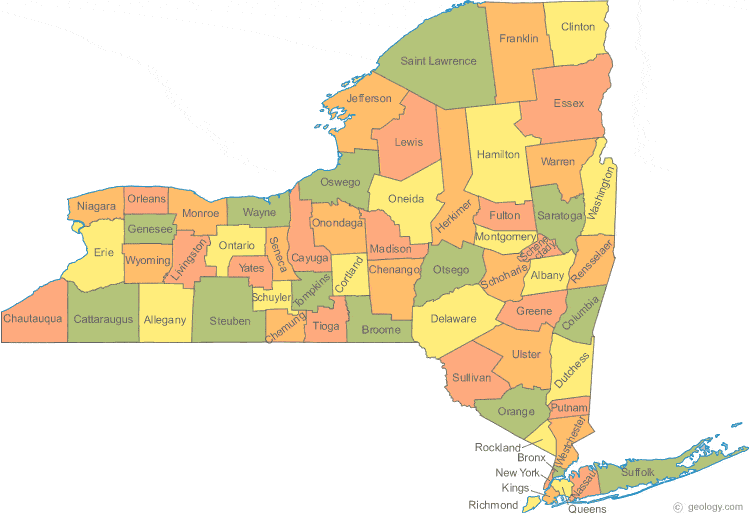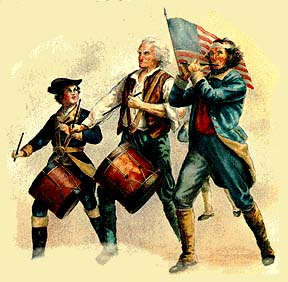Monday, November 11
Today's class began with Dr. Smirnova telling us all to dance and get our bodies awake. I think that was a really cute way to "shake it out" and be able to focus on the task at hand. Students with behavioral disorders could benefit from "shaking it out" during lessons. This gives them a reason to be out of their seat in a semi productive manner.
After we finished dancing, Dr. Smirnova called everyone to the front of the room to participate in an around the world activity. We were asked to create a circle, and then were given a stuffed globe. and asked to pass it around the When the globe was passed to you, you were supposed to hug it and share an issue that concerns us about geography and how we will address it in our classroom. When the globe was passed to me, I shared that we only have one Earth and we need to be award of how we are treating it. I said that I would encourage recycling in my classroom and try to influence my students to become environmentally conscious.
After participating in the around the globe activity, we went back to our seats to discuss the major themes of chapter 12 in our textbook.
The Five Themes of Geography
Theme 1 : Location, Position on the Earth’s Surface.
-Absolute or exact location other times
-General or relative location; for example
-Learning activities including the location theme help students learn to locate places in the community, state, or nation; on the earth; or on a map or a globe.
Theme 2: Place, Natural and Cultural Characteristics.
-Natural and human features of the landscape.
-Mountains, capital cities, and the developing world.
-Students gather data and answer questions such as the following to help them describe place.
Theme 3: Relationships within Places, Humans and Environments.
-The natural environment tends to limit what people can do in a place. People have been quite clever in dealing with these limitations. In dry areas where water was not sufficient to grow needed food, people found ways to import water. Today, people in dry places use advanced transportation to import food. .
Theme 4: Movement, Humans Interacting on the Earth.
-Movement of ideas and products affects not only places of origin and destination but also places along the way.
-Raw materials are extracted, new products are grown or produced in factories, and transportation centers are expanded or established.
-Ideas such as preservation, conservation, and democracy are being attempted in new places.
-People travel to other nations to visit and may spend part of their lives working or living in other nations. ----There are systematic movements among the natural forces on the earth.
-Global problems are concerns of geographers as they study movements between places and regions.
Theme 5: Regions, How They Form and Change.
-Geographers frequently divide it into regions. Geographers study all the places and activities defined by the other four themes. Geographers begin to get a picture of how the entire world works as they investigate the interactions between regions.
-A region can be as small as an individual classroom, school, neighborhood, or community with which very young students are familiar. In this region, they can observe and investigate.
Today's class started with a current event presentation by Brianna, Laura, and Rachel. For their lesson, we were asked to read four different articles prior to today's class. Before we began the activity, we had to review local, global, and national news. We were then split into four different groups to work on our activity. For this activity, each group was given a piece of paper with three different quotes on it. We were asked to identify the article in which the quotes came from, provide the title and author, determine if the news piece was national, global, or local, and provide a brief summary to the class.
I think that this activity was a good one to review national, global, and local news. It is important for students to be able to identify which is which, as well as be familiar with news outside of their local community. This activity also allows students to become more familiar with identifying main ideas and summary skills.
Today in class we began to work on our Native American Jigsaw projects. For this project, everyone is broken into two different groups, a base group and an expert group. In a jigsaw, everyone in your base group becomes an expert on a particular topic. For this assignment, we are each becoming an expert on a particular Native American tribe. After each person in the base group chooses a topic, you then break into your expert groups. An expert group is compiled of everyone from the other base groups that has the same topic as you. For my expert group, we chose to learn about the Cayuga Tribe. My groups consisted of Christina, Madison, and myself.

I enjoy participating in jigsaw projects. I think that they are a fun way for a lot of information to be taught in a short amount of time. When expert groups have finished their research and created a presentation, each member returns to their base group to teach their group members the topic they have learned about. We will be sharing our information about the Cayuga Tribe on Monday.















